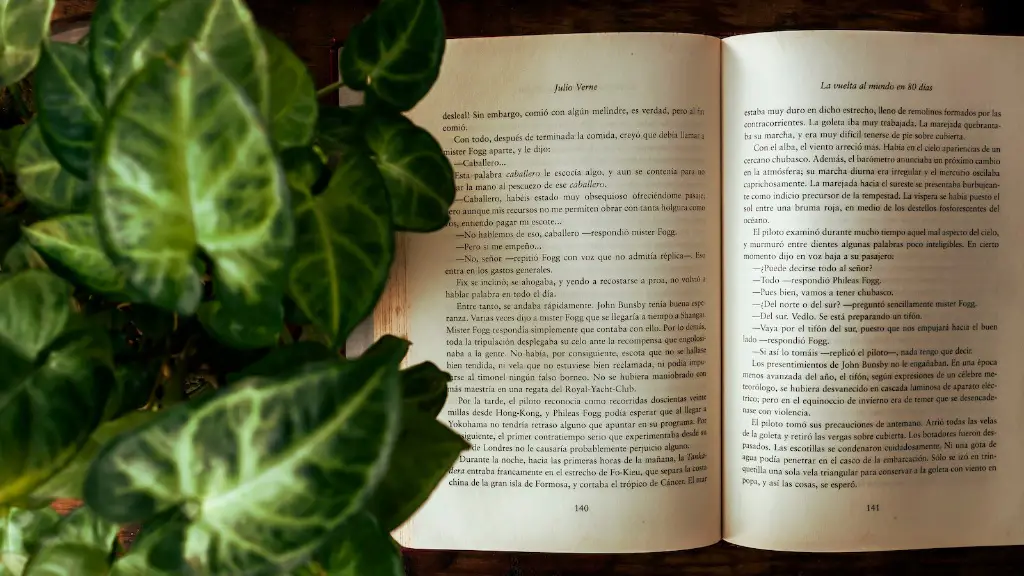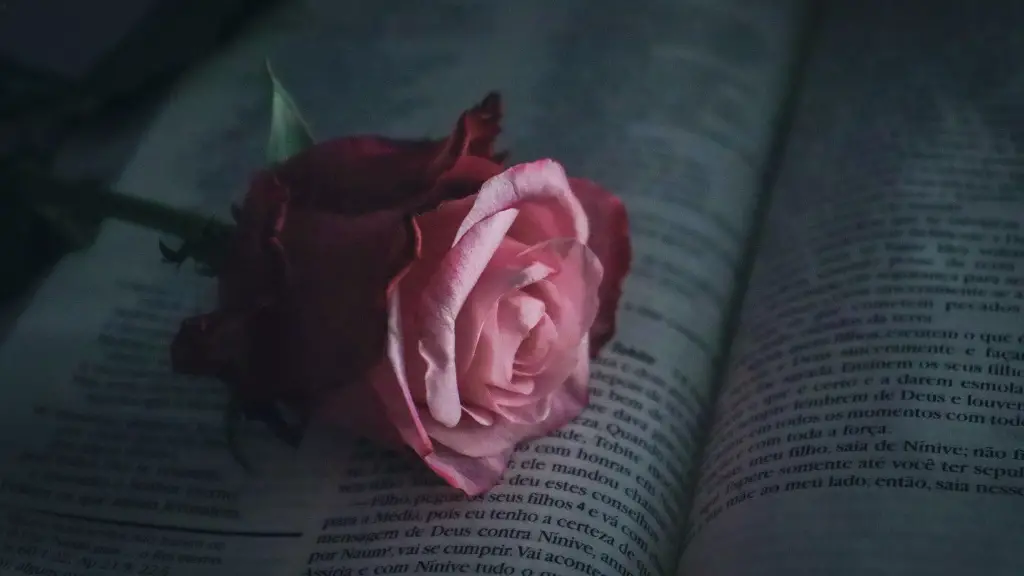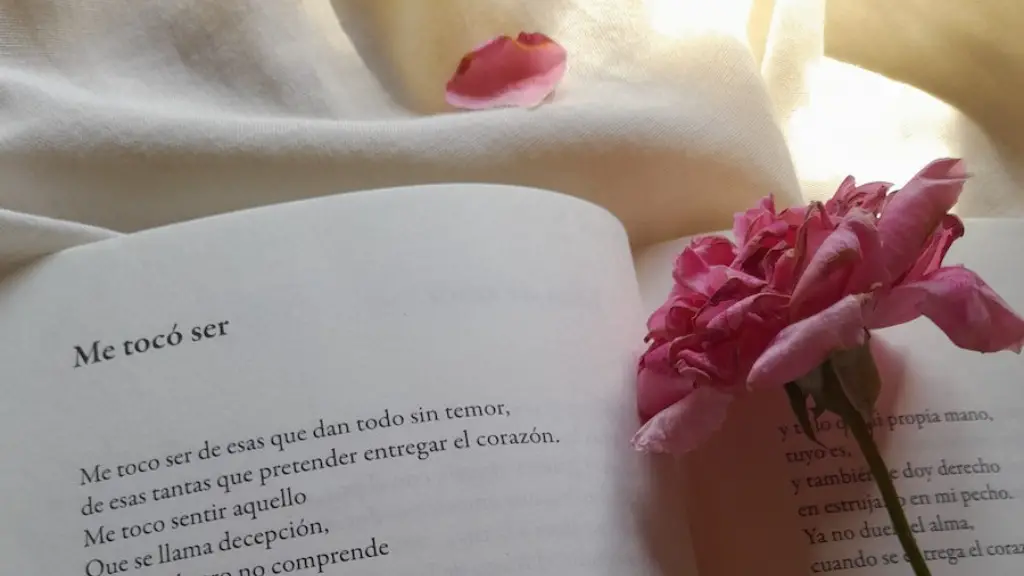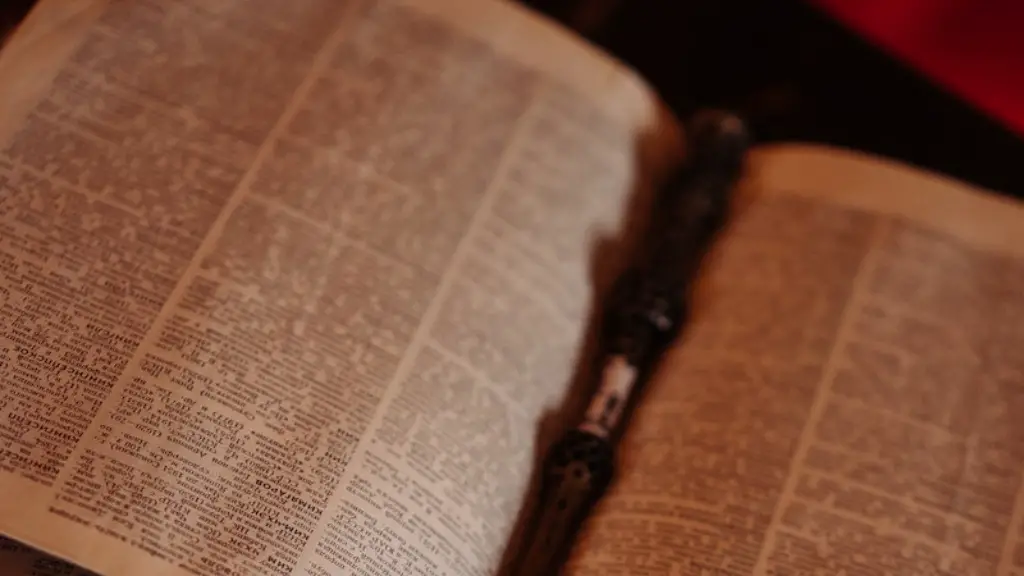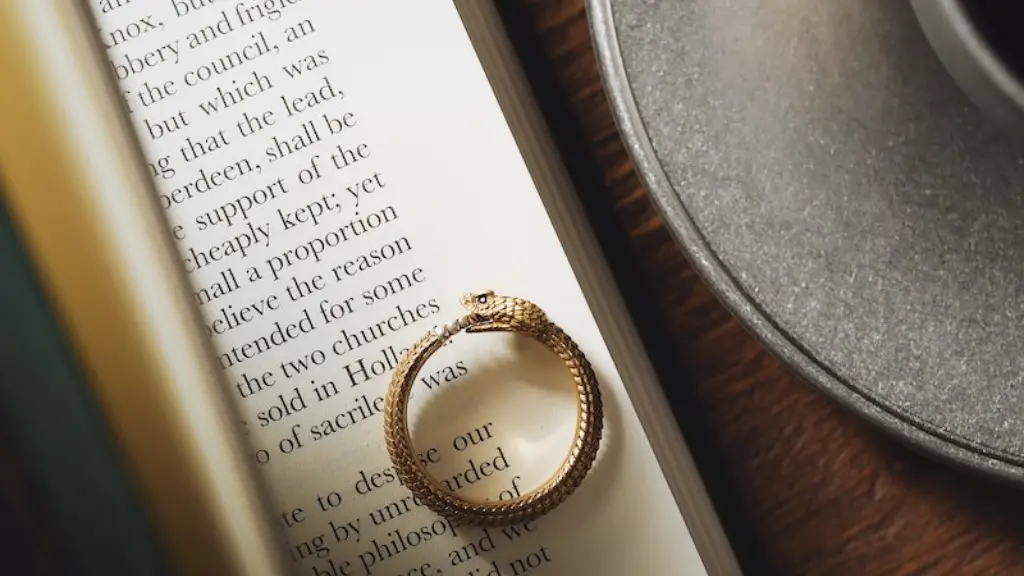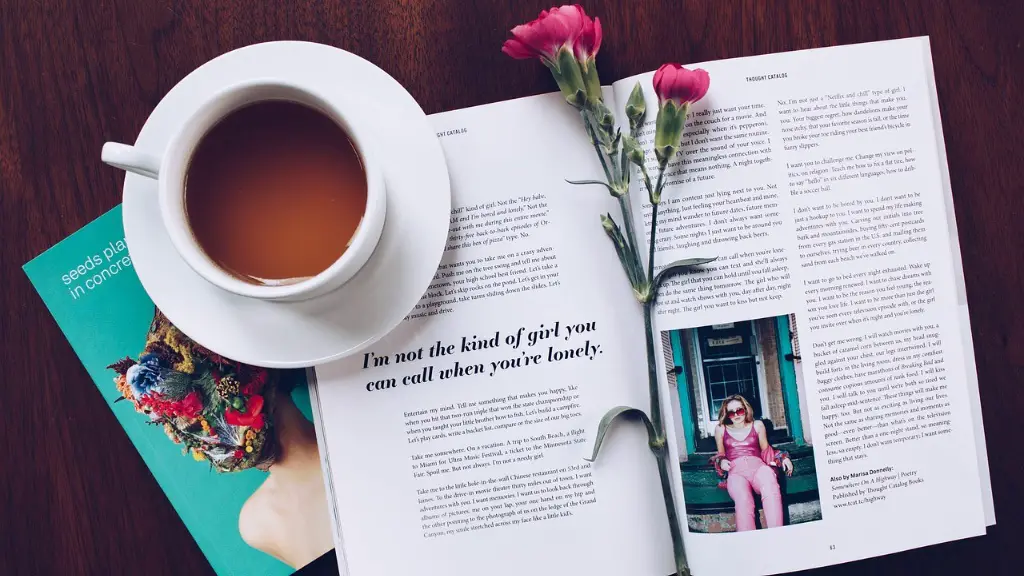Emily Dickinson is one of the most famous American poets, and her work is known for its focus on death and mortality. Some scholars have argued that Dickinson may have had depression, due to the dark and depressing nature of her work. However, there is no definitive proof that Dickinson was depressed, and some believe that her focus on death may have simply been a result of her keen observation of the world around her.
While it is difficult to say for certain whether or not Emily Dickinson had depression, there are certainly some indications that she may have struggled with this mental illness. For example, Dickinson was known to be a very reclusive person, which is often a symptom of depression. Additionally, many of Dickinson’s poems deal with dark and depressing topics, such as death and loneliness. Therefore, it is possible that Dickinson did indeed suffer from depression.
What does Emily Dickinson suffer from?
It is possible that Dickinson suffered from severe primary hypertension, which could have led to heart failure or a brain hemorrhage. However, her death certificate says she had Bright’s disease, so this is still unclear. More research is needed to determine what exactly caused her death.
Dickinson truly invented a unique style with her poetry that disregarded many common literary rules. She experimented with capitalization and allowed sentences to run on. Her work was inspired by the rhythmic devices of religious psalms, but she commonly interspersed her own creative pauses within the stanzas.
What personality type was Emily Dickinson
Emily is an INFP, which means she is introverted, idealistic, and adaptable. She usually enjoys being alone or with a small group of people, and she is usually a good listener.
Although Emily Dickinson is often thought of as a reclusive figure, she actually had a very close relationship with her childhood friend Susan Gilbert. Scholars have recently uncovered evidence that the two women had a lifelong love affair, which continued even after Susan married Emily’s brother Austin. The two women remained close neighbors throughout their adult lives, and their relationship was an important part of both of their lives.
What were Emily Dickinson’s last words?
Emily Dickinson was an influential American poet who died of Bright’s disease in 1886. In her final days, she was only able to write brief notes to her niece. One of her final messages contained the words, “I must go in, the fog is rising.” These words are often interpreted as Dickinson’s acceptance of death.
Hope is the light at the end of the tunnel. It is the belief that things will get better. Hope is what gives us the strength to keep going when everything seems hopeless. Hope is the thing with feathers that perches in the soul and sings the tune without the words. And never stops at all.
What was Emily Dickinson’s tone?
Dickenson is unique in her range of tones in her poetry. While many of her poems deal with difficult subjects like death and suffering, she also has more optimistic and uplifting pieces. This ability to explore both the light and dark sides of human experience makes her one of the most intriguing and respected poets of her time.
Emily Dickinson is a well-known female poet from the Romantic era. She was influenced by transcendentalism and dark romanticism, and is known for her unique style of writing which bridges the gap to realism. Her works focus on expressing the hidden consciousness of fragmented thoughts, and she is considered to be one of the most important authors of this literary period.
Were Emily and Sue in love
It’s clear that Sue and Emily’s relationship went beyond friendship and that their love was something more romantic, even erotic. Their closeness is seen in the way they shared touching and kissing scenes, and in the fact that they both seemed very content in each other’s company. While it’s great that Sue ended up marrying Emily’s brother, Austin, it’s clear that there was something special between Sue and Emily that couldn’t be replicated with anyone else.
At the time, the white dress was not seen as a special garment. White was simply easier to clean than other colors. However, for Dickinson, the white dress took on a different meaning. She would often wear it beyond its original intentions. For Dickinson, the white dress became a symbol of her independence and uniqueness.
What religion was Emily Dickinson’s family?
Emily Dickinson was brought up in a Calvinist household and attended religious services with her family at the village meetinghouse, Amherst’s First Congregational Church. Congregationalism was the predominant denomination of early New England.
A person’s last words can be very revealing. Sometimes they are full of wisdom and sometimes they are full of regret. But always, they provide a glimpse into the person’s final thoughts.
Here are 19 famous last words that have been preserved throughout history:
1. “I am about to die or I am going to die; either expression is used.” – Socrates
2. “I must go in, the fog is rising.” – Emily Dickinson
3. “It is very beautiful over there.” – Thomas Edison
4. “Looks like a good night to fly.” – Amelia Earhart
5. “OH WOW!” – Albert Einstein
6. “I want nothing but death.” – Virginia Woolf
7. “Money can’t buy life.” – Steve Jobs
8. “Either that wallpaper goes, or I do.” – Oscar Wilde
9. “Play it Mr. Adventure, for this is the last time.” – Humphrey Bogart
10. “I should never have switched from Scotch to martinis.” – Humphrey Bogart
11. “I’ve had a hell of a lot of fun and I’ve enjoyed every minute of it.” – Errol Flynn
12. “Die, my dear
Who did Emily Dickinson marry
It is interesting to note that Dickinson never married, and most of her friendships were based entirely on correspondence. While she was a prolific writer, only 10 of her nearly 1,800 poems were published during her lifetime, and she only published one letter.
Education is the process of acquiring knowledge, skills, values, beliefs, and habits. It is important because it helps people to live better lives and become productive members of society. Education also helps to reduce crime, improve the economy, and provide opportunities for people to improve their social and political status.
Why is Emily Dickinson a genius?
Emily Dickinson led a relatively reclusive life, and as a result, we don’t know a whole lot about her. However, what we do know paints a picture of a brilliant mind. She left behind a huge body of work, consisting of 1800 poems, personal letters, and journal entries. These writings provide insight into her thoughts and feelings, and give us a glimpse into the mind of a genius.
Dickinson’s seclusion allowed her to focus on developing her poetry. Her poems addressed emotional and psychological states such as loneliness, pain, happiness, and ecstasy; death, often personified; religion and morality; as well as love and love lost.
What were Emily Dickinson’s beliefs
I agree that Emily Dickinson wanted to believe in both God and immortality, and that her faith likely increased as she got older. I think that her poems are a reflection of her internal struggle with these concepts, and that she was ultimately unable to fully come to terms with either one. In the end, I think she was comforted by the idea that life, death, and the universe are ultimately incomprehensible, and that belief in immortality is a way of making sense of it all.
In Emily Dickinson’s poetry, the color purple is mentioned 54 times in 54 different poems. It is clear that purple was her favorite color. The study discusses the various meanings of the color purple in Emily Dickinson’s poetry.
Conclusion
Yes, Emily Dickinson is believed to have suffered from depression. She was a reclusive person who rarely left her home, and her poetry often reflects dark, depressing themes.
There is no clear answer, but some evidence suggests that Emily Dickinson did have depression. She may have experienced major depressive episodes, which would explain her reclusive behavior and her dark, often morbid poetry. However, we cannot say for certain without further information.
